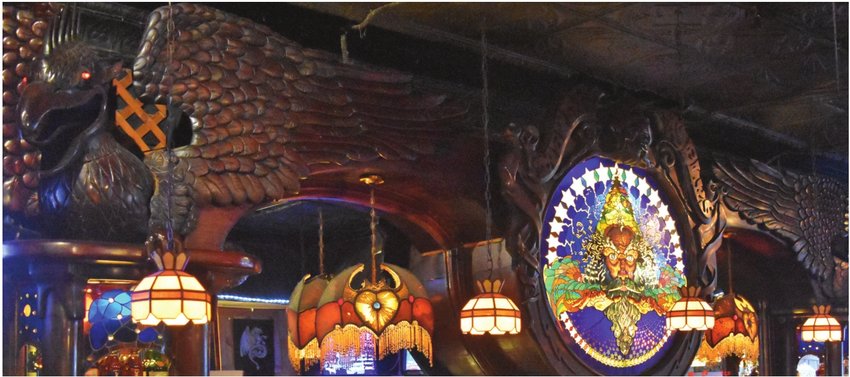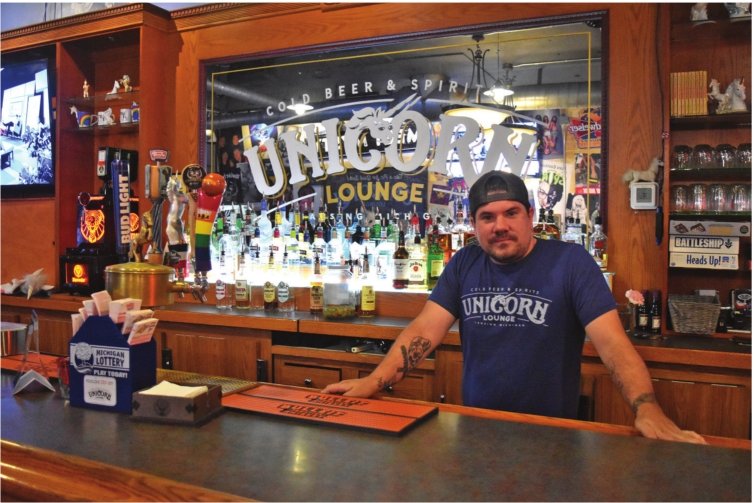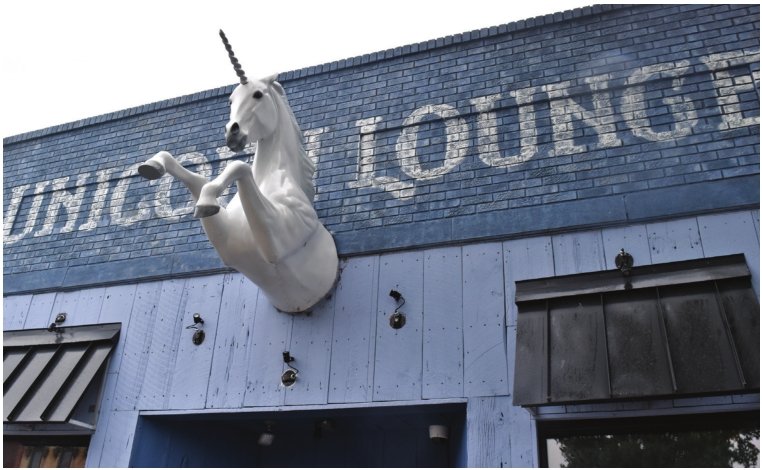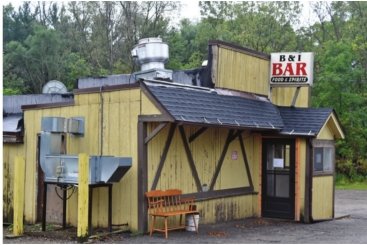
Demand for peanut butter and jelly ales, IPAs at over $9 a can and beers with over 10 percent alcohol by volume make business a balancing act for Lansing’s traditional bar scene.
“Twenty years ago I was a regular here, so I can tell you first hand that there were no flavored things,” Stober’s manager Rene Gustafson said. “It was all Miller and Bud products, although there was also PBR and Stroh’s.”
The interior of the bar, sporting stained glass of Merlin the Magician, a classic jukebox, gargoyle-esque griffins and shuffle boards, might feel like a time capsule to old school bar culture. After all, it was the first liquor license issued to a Lansing bar after prohibition in 1933. But its myriad craft brew cans in its fridge show roots in the 21st century.
Stober’s used to buy around $800 a week in bottled and canned beers total, Gustafson said. Now they are doing around $1500 a week with their craft beer distributors.
“I don’t see craft brews disappearing,” she said. “We absolutely had to adapt.”
Catering to the domestic and craft brewing crowd is a challenge, she said. “We are just trying to keep flexible.”
Stober’s keeps a stout, cider, two IPAs, a blood orange ale, Oberon and Fat Tire on tap for the craft crowd, she said. Budweiser, Bud Light, Miller High Life and Miller Light are on tap for domestics.
The first notice of craft brews surging came from a meeting eight years ago with M&M Distributing, which is now West Side Beer distributing, she said.
“They had all of us meet up at the Loft, and had a whole spiel about how it’s not going away. Now, it’s just getting bigger.”
Gustafson said beer is becoming the next wine, and that isn’t necessarily a bad thing.
“I went to a beer and food pairing and it was marvelous.”
However, people do get a little pretentious, Gustafson said.
“I get judged when I go to other bars and just drink a blonde or wheat. Someone will come up to me and say, ‘Oh god how can you drink that? Let me show you a good beer!’ It happens.”
Old Town’s Unicorn Lounge markets itself as a backl ash to a bar scene rife with overcomplicated choices. Its front door signage warns of no mojitos and booze grandpas like.
ash to a bar scene rife with overcomplicated choices. Its front door signage warns of no mojitos and booze grandpas like.
As far as beer goes, the Unicorn Lounge satirizes craft beer trends while supporting them. They split their canned beers into four sections: “Regular Joe” domestics, “Fancy Nancy” imports, “Try Hard” craft brews and “Show Off” craft IPAs.
“I think craft beers are hot right now, and might cool down a bit,” manager Matt Gregory said. “The beer itself isn’t pretentious. It is the people who are drinking it that are.”
There is nothing wrong with wanting to drink good beer, Gregory said. “I see a lot of people like to have one or two nice beers before drinking the domestics.”
The beer scene is better since the craft surge, Gregory said.
“I like that people are doing new things. Brewing beer from what I understand is an art form — you express yourself with it. People are making these things because it is what they like.”
This changes the reason people go out to drink, he added.
“People will go out and try a new beer, because they haven’t heard of it before. When I first started, this isn’t what people drank. You drank what you knew, and weren’t as experimental with new beers.”
Having more choices adds more purpose to drinking, Gregory said.
“It’s not drinking just to drink. You go out and enjoy the flavors and can have a nice beer at lunch that will complement your meal better than a Bud Light ever would.”
The 80 year old B&I Bar in the vanished town of Millet on the westside proudly proclaims itself, “the best damn dive bar around.” The rugged establishment looks like a piecemeal Bavarian style shack and Old West saloon.
Owner Robert Van Patten said craft brew drinkers sometimes mess around with those who like domestics.
“They tell my Bud Light drinkers, ‘What are you drinking that water for?’ They make crazy jokes. I don’t get it the other way though. People drinking domestic lagers don’t give it to the craft beer drinkers,” he said.
The saturation point for breweries and craft beers in Lansing will be interesting to see, he added.
“Lansing is not a big town. I know a few of the owners of the microbreweries and they are doing very well.”
 Two breweries are closing down in Grand Rapids due to oversaturation, Van Patten said.
Two breweries are closing down in Grand Rapids due to oversaturation, Van Patten said.
“The big ones can be doing too well, or small ones can be too specialized. There is a myriad of reasons why the market can cannibalize itself for lack of better terms.”
Peanut butter ale and other specialized beers don’t scare B&I, Van Patten said.
“As a business owner, if there is high demand for something out there that might seem crazy for a lot of people, and if there are people going to drink it, I’ll sell it.”
Crazy in this sense isn’t bad, Van Patten added.
“It’s just beer standards have changed so drastically.”
Support City Pulse - Donate Today!
Comments
No comments on this item Please log in to comment by clicking here